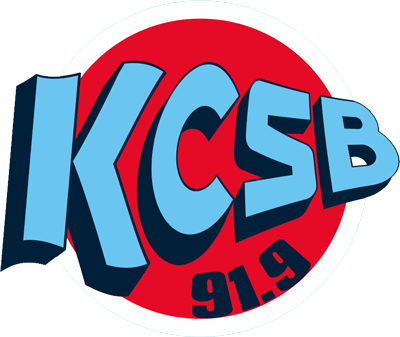Scene and Heard: Good Time and “The Pure and the Damned
Connie, the protagonist of the Safdie brothers’ grimy, propulsive crime thriller Good Time (2017), is not a good person. After a botched bank robbery results in the incarceration of his brother Nick (who served as Connie’s accomplice), Connie hurdles through a night of increasingly poor choices as he attempts to free his brother from a guarded hospital. Such endeavors are futile, however, as his rescue attempt only leads to a case of mistaken identity and escalating problems as Connie grapples with an unyielding police hunt, irate drug dealers, and intensifying familial and financial conflicts back home. Throughout the film, Connie’s actions hurt nearly every single person he encounters. Characters are imprisoned, betrayed, manipulated, financially ruined, lied to, and even killed. He openly abhors Nick’s well-meaning therapist, stealing his brother away from vital sessions that would help Nick process and negotiate his mental disability and buried emotions concerning their abusive upbringing. Paradoxically, it’s Connie’s unwavering love for his brother that motivates his reckless behavior. For Connie, the seemingly selfless act of protecting his brother only enables him to act toxically and destructively, harming others even as he thinks he’s acting out of goodness.
In the final scene and credits of Good Time, the closing track by Oneohtrix Point Never and Iggy Pop makes explicit these themes, making the case for Connie as both pure and damned—damaging and manipulative yet expressing a deluded understanding of love all the same. “The Pure and the Damned,” the collaboration between the two artists that closes the soundtrack from Warp Records, is a haunting, echo-y electronic track led by sparse piano and features Iggy Pop’s gravelly voice as he sings and delivers short passages of spoken word poetry. His lyricism directly reflects Connie’s characterization in the film as a self-destructive, selfish figure too out of step to be fully moral. Iggy Pop sings in the chorus, “The pure always act from love / the damned always act from love,” signaling the protagonist’s conflicting personality as despicable yet motivated by his love for Nick. In contrast to the more energetic, synth-heavy preceding tracks reminiscent of Tangerine Dream’s work on soundtracks for Thief or Sorcerer, this closing song is distinctively solemn and funereal. “The Pure and the Damned” is a song about the hopes and desires from the underworld, where salvation is visible to characters like Connie but lie forever out of reach.
The ballad plays over the final scene as the credits roll atop the closing images. Connie, in an act of brotherly sacrifice, has taken the fall for the botched bank robbery to spare Nick further incarceration. Nick, now enrolled in a therapy class, participates in a group activity alongside smiling and eager peers and a kindly teacher. The Safdie brothers’ camera films him in shallow close-up, emphasizing his hesitation and blank expression. Soon, however, his eyes widen, and he joins his classmates. Nick is listening, slowly opening himself up to others. This is a triumphant moment for the character. Damned figures like Connie “ain’t gonna get there,” as Iggy Pop seems to suggest, but Connie’s sacrifice ultimately does save his brother, who may have the chance to heal from an abusive family and benefit from a healthy support network. Only until the end of the film do we receive this rare moment where Nick is free from Connie’s influence, and it’s the first time where we see Nick begin to lose his anxieties and shed his defensive wall.
While Connie is damned, the Safdie brothers do still locate traces of purity in him, even if only for a moment. In an earlier scene, Connie suggests that he may have been a dog in another life. This motif recurs throughout the movie. Brief glimpses at television news reports allude to an illegal, underground dogfighting ring. Moreover, when Connie breaks into an apartment in the film’s third act, he immediately pacifies a barking dog and is later seen friendly and easygoing with the animal. The filmmakers draw thematic parallels between Connie and stray dogs, identifying both a sense of lovingness and loyalty, but also an innate wildness and potential for violence when provoked. When Connie is eventually arrested, the camera slowly pushes towards his face as he wordlessly sits behind the dividing grates of the police car like a dog locked in a kennel. While Connie may hurt most other characters he comes across, he does still help one person onscreen. In a small, understated scene in the hospital as Connie stakes out the room he believes holds his injured brother, he quietly feeds a sickly patient who has nobody else to care for them. It’s a gentle, tender moment, revealing that Connie is capable of empathy and kindness if he only shed his destructive impulses for a second. Regardless, by the end of the film, he remains pure and damned.
By Miguel Penabella

